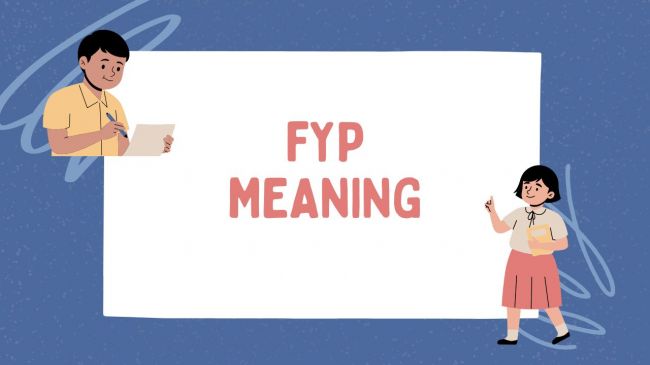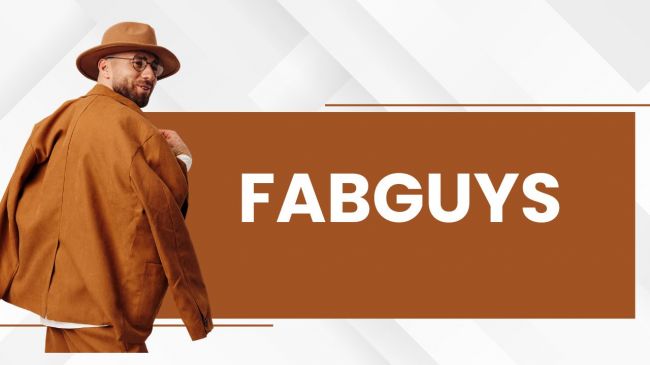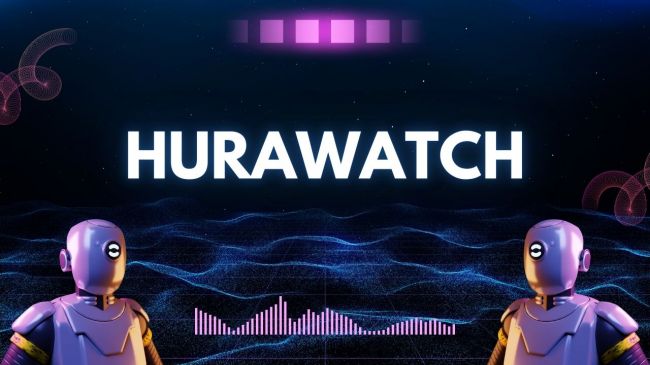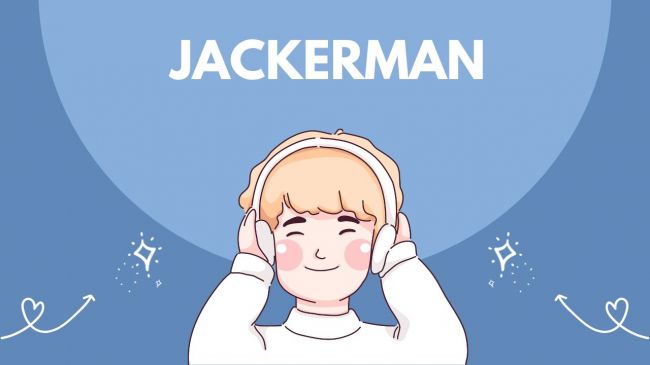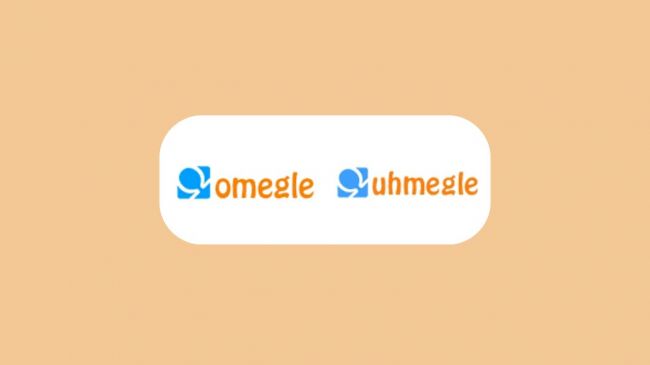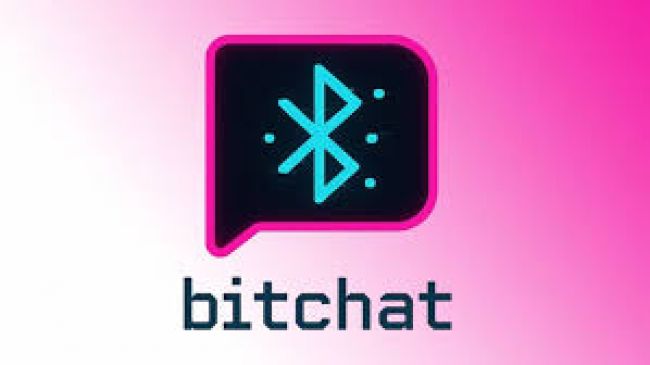The video space used to be reserved for people with the right gear, a vision board, and at least three different editing programs. Now? You can shoot a cinematic short on your phone during a lunch break and have it trending by dinner. Tools have changed. Expectations have shifted. And the whole idea of what it means to be a “video creator” has cracked wide open.
This isn’t about chasing viral moments. It’s about how video, once considered a niche creative outlet, is becoming the default language of the internet. And it’s not just the aesthetics that are evolving. How we make videos, how we think about storytelling, and who gets to participate—that’s where the real shift is happening.
The Video Skills Gap Is Closing Fast
There used to be a sharp line between “creator” and “viewer.” If you didn’t have Final Cut Pro and a YouTube channel with a dedicated banner, you were considered a consumer, not a contributor. But those lines are starting to blur, fast. Thanks to an explosion of user-friendly editing tools and AI-powered production platforms, the technical gap has narrowed.
People no longer need to study color grading or sync their audio manually. A middle schooler with a half-decent idea can produce something with better pacing than a 2010 indie film. What once required hours of editing now takes minutes, and that’s not dumbing things down—it’s just removing the gatekeeping. The skills still matter, but the barrier to entry no longer filters out everyone who doesn’t have a Hollywood setup in their bedroom.
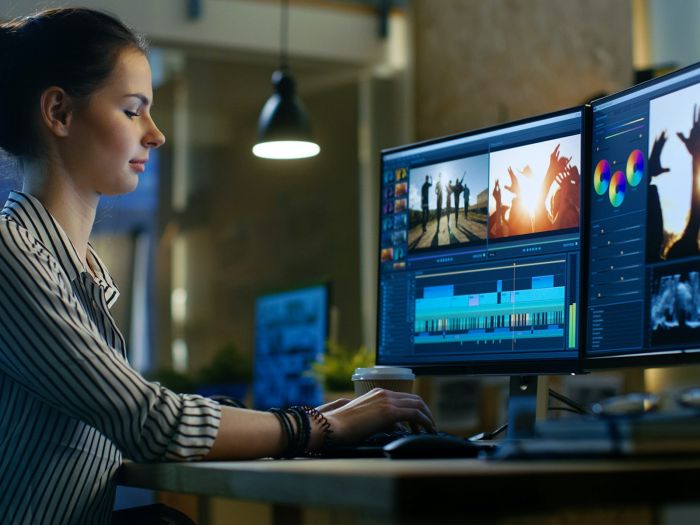
The AI Assist Isn’t Cheating—It’s Creative Collaboration
Let’s get this part out of the way: AI is not replacing creativity. It’s just rearranging the starting line. When used well, AI tools aren’t about shortcuts—they’re about jumping into the process sooner and with more confidence. Think of them as very fast, very smart interns who don’t get tired or snarky.
Whether you’re looking to match pacing to a beat drop, auto-caption for accessibility, or find the best cut from a long livestream, AI can now handle that grunt work. This means creators get to stay in their creative headspace longer without drowning in timeline chaos. And for businesses, the upside is obvious: high-quality content without the cost and time commitment of traditional production.
The turning point was when AI stopped being a novelty and started becoming a standard feature. Not a gimmick—just part of the creative toolkit. For the first time, people who were intimidated by the whole process are actually having fun making things. And that’s a win for everyone.
Video Creation Isn’t Just for the Tech-Savvy Anymore
The past few years have turned your average smartphone into a full-blown production studio. Combine that with AI enhancements, and you’ve got something that’s not just efficient—it’s empowering. We’re seeing new voices pop up everywhere, and the results aren’t just passable. They’re good. Really good.
Part of that is thanks to tools that don’t just help you make videos—they guide you through the storytelling part too. A free AI video generator can now walk you through scene composition, suggest transitions, and even nudge you toward better timing. It’s not making choices for you—it’s offering a second brain when you’re too close to your footage to see what it needs.
This is why video creation has started to feel less like a technical process and more like an expressive one. You don’t need to understand frame rates or LUTs to be compelling. The tools are catching up to the people, not the other way around.
Short-Form Content Is Setting the Pace
Short videos aren’t just a trend—they’ve become the backbone of digital communication. And while TikTok gets most of the attention, the real story is in how every platform is now leaning into the quick-hit format. The algorithm doesn’t care if you spent two hours or twenty minutes editing. What matters is clarity, pacing, and whether someone watches past the first three seconds.
This is where creators have to adjust their approach. It’s not about trimming down your long-form content. It’s about starting with short-form in mind. Hook fast, don’t over-explain, and leave space for engagement. A one-minute video that lands is often more powerful than a polished five-minute piece that people abandon halfway through.
One format dominating right now is YouTube shorts, which are pulling creators in from every direction. Established YouTubers are using it to experiment without the pressure of their main content, while newcomers are finding their voice without needing ten years of editing experience. The short-form world is chaotic, sure—but it’s also where the most unexpected innovation is happening.
Brands Can’t Fake It Anymore
Let’s be honest—people are burned out on corporate video content that feels like an ad agency assignment. The overly polished, painfully safe brand videos aren’t landing the way they used to. Audiences want real. That doesn’t mean low effort—it means high authenticity.
Smart brands are realizing that rough edges don’t hurt engagement. They help. A CEO casually explaining a product update in natural light will almost always outperform a high-budget explainer video with stock music. Why? Because it feels like it wasn’t filtered through six layers of marketing approval.
What’s interesting is that many companies are now hiring creators, not just agencies. And they’re giving them more freedom to shape the story in a way that actually feels human. AI helps here too—by giving small teams the power to make agile, adaptive content at scale without sacrificing tone. When you remove the friction, authenticity doesn’t have to be sacrificed to meet deadlines.
A New Kind Of Creativity Is Winning
What’s next isn’t more content—it’s better, faster, weirder content. The kind of stuff that feels personal, even when it’s being made by teams or assisted by algorithms. The new wave of video creation isn’t about replacing anyone—it’s about giving more people the power to do the thing well.
And with AI quietly running support in the background, we’re going to keep seeing the line between “amateur” and “pro” get blurrier. That’s not a problem. That’s the whole point.
What’s Taking Shape Now
We’re not going back to the old days of video production where only a few voices got heard. Too many people have tasted what it’s like to make something great with nothing more than an idea, a phone, and a few taps. And they’re not about to hand that freedom back.
The future isn’t just democratized—it’s interesting. It’s unpredictable. And maybe a little messy in the best way. Because the most watchable videos aren’t always the most perfect. They’re the ones that feel like they actually came from someone. Not a studio. Not a formula. Just someone who had something to say—and finally, the tools to say it well.
Post Comment
Be the first to post comment!
